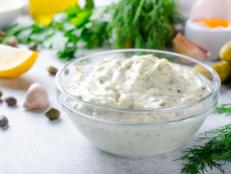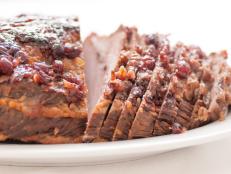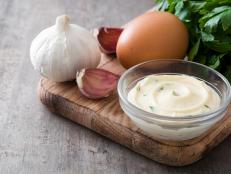What Are Capers?
Everything you need to know, including where capers come from and our favorite recipes with capers.
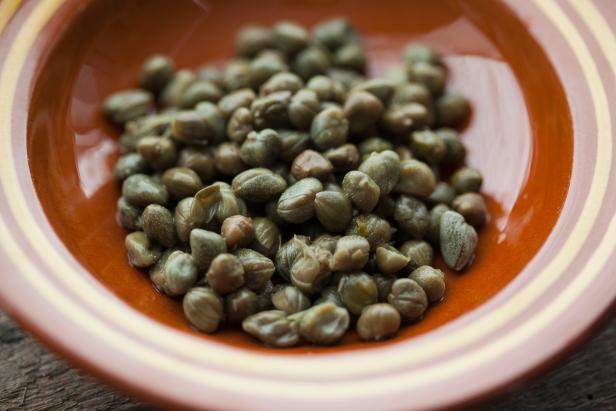
Halfdark/Getty Images
By Layla Khoury-Hanold for Food Network Kitchen
Layla Khoury-Hanold is a contributor at Food Network.
If you’ve ever followed a chicken piccata recipe, you know that capers are indispensable for finishing the dish. Or maybe you recognize the name from the mysterious jars in the pickle aisle that contain these pea-sized green orbs. But what are capers, exactly? Here, everything you need to know.
What Are Capers?
Capers are the unriped green buds of a prickly bush called capparis spinosa that grows wild across the Mediterranean and parts of Asia. Those briny globes we buy in jars at the grocery store start as flower buds, then get picked, dried and preserved. Capers are either cured in salt or pickled in brine, which gives them their trademark savory, briny flavor.
What Do Capers Taste Like?
The taste of a caper is reminiscent of the lemony tang and brininess of green olives, but with a smack of floral tartness all their own. Because they’re packed in brine, capers also have a very salty, savory flavor profile.
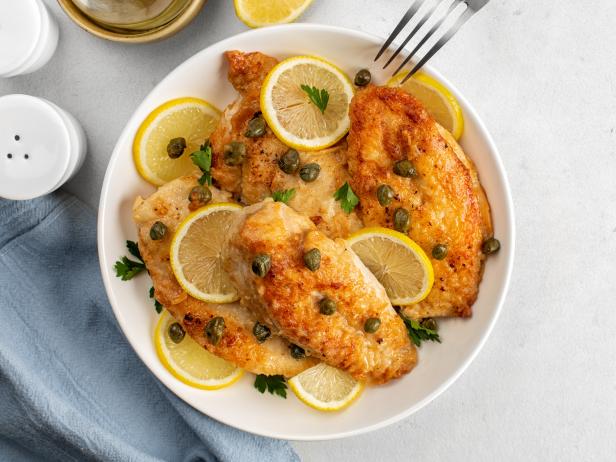
Olga Mazyarkina/Getty Images
What are Capers Used For?
Capers are commonly used in Mediterranean cuisine, particularly in seafood dishes such as baked fish and pasta sauces such as puttanesca sauce. But they also add a briny, savory, lemony hit to all kinds of dishes, including signature caper recipes like chicken piccata. They also provide a tangy counterpoint to rich dishes such as hearty stews, lamb or cheese. In the U.S., capers are often served with appetizing spreads and used to garnish bagels, cream cheese and lox. When they’re finely chopped, capers provide a bright, briny backbone to tapenade, sauces, dressings and compound butters. Capers can also be fried to create a crispy garnish.
Caper Varieties and Sizes
Capers come in different varieties according to size. They include nonpareils, which are about 1/4-inch-wide or 7mm in diameter and come from the south of France (you’ll also see them labeled as French nonpareils). This is the smallest variety available, and they tend to have a more concentrated flavor and delicate texture. As a result, they tend to be more prized and have a higher price tag to match.
Other readily available caper varieties include surfines (7mm to 8mm), capucines (8mm to 9mm), capotes (9mm to 11mm) and fines (11mm to 13mm). Grusas, which measure over 14mm in diameter, are less common. Larger capers tend to be more acidic, so adjust your recipe accordingly or use sparingly.
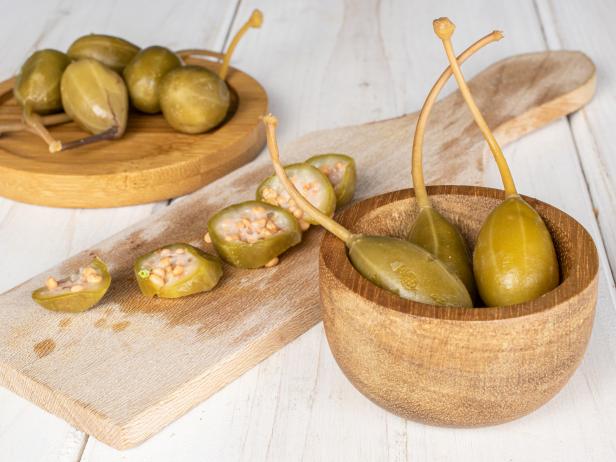
Kateryna Bibro/Getty Images
Capers vs. Caperberries
If the caper isn’t harvested as an immature bud, it grows into a caperberry. A caperberry is about the same size as a small olive and has a long stem. Caperberries also have small, kiwi-like seeds inside. Their larger size makes them softer in texture than capers, and they don’t have the same piquancy, so they shouldn’t be used interchangeably in recipes that call for capers. Like capers, caperberries are pickled; try adding them to an antipasto platter or to garnish savory cocktails like Bloody Marys.
Substitutes for Capers
Because capers have such a distinct bright, briny flavor, it can be challenging to find an exact substitute, so it’s worth keeping a jar in your pantry. If you’re in a pinch, substitute a 1:1 ratio of finely chopped green olives. (For example, one tablespoon of chopped green olives for one tablespoon of capers.) Kalamata olives work too, but don’t tend to be as tangy as green olives.
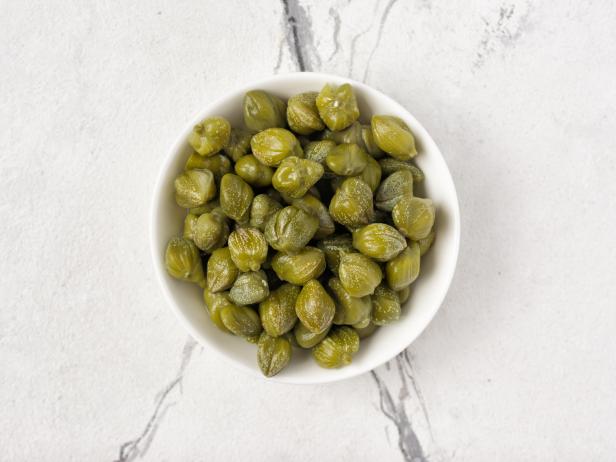
victoriya89/Getty Images
Are Capers Good For You?
Capers are considered a low-calorie food, but since they aren’t eaten in high quantities, they don’t offer any significant nutritional value. However, they contain nutrients such as vitamins A, E and K and are a source of copper, iron and magnesium. Because capers are packed in brine, which is made with high quantities of salt, use sparingly if you’re watching your sodium intake.
Recipes Using Capers
Capers have a unique, some might say acquired, flavor, but they are versatile, too. If you’re hoping to preserve their shape, color and flavor, it’s best to add capers later in the cooking process, or to finish a dish. If the capers are large or you’re cooking with other assertive flavors, some recipes might call for rinsing the capers first. Some recipes also make use of the flavor-packed brine, so don’t toss the good stuff.

Caitlin Ochs
Capers are an indispensable ingredient in any chicken piccata recipe. Here, capers team up with lemon juice and zest to brighten up a butter-based pan sauce. The glossy, tangy sauce coats the chicken, transforming boneless, skinless chicken breasts into a five-star meal.

Pork chops step in for chicken in this easy 30-minute piccata recipe, but the signature capers remain. They’re a must for adding a briny finish to the white wine-butter sauce; because they’re added near the end of cooking time, they lend a pop of texture, too.
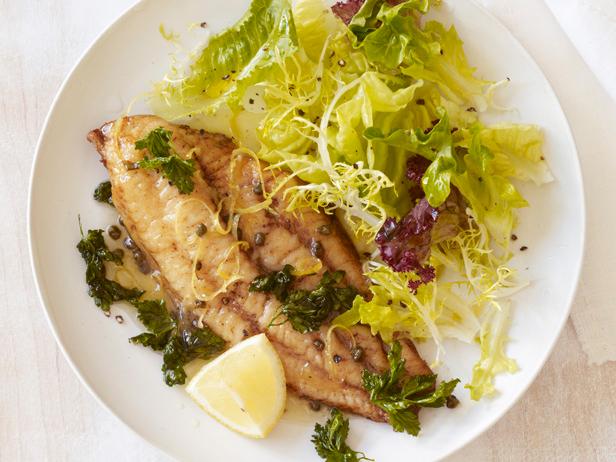
Antonis Achilleos Prop Stylist: Marina Malchin 917 751 2855
For this pan-fried fish take on piccata, capers are fried over high heat until crisp, then sprinkled over the tender fish filets for a crunchy flourish. Serve with lemon wedges and a mixed greens salad, and you’ve got a flavor-bomb dinner in 30 minutes.
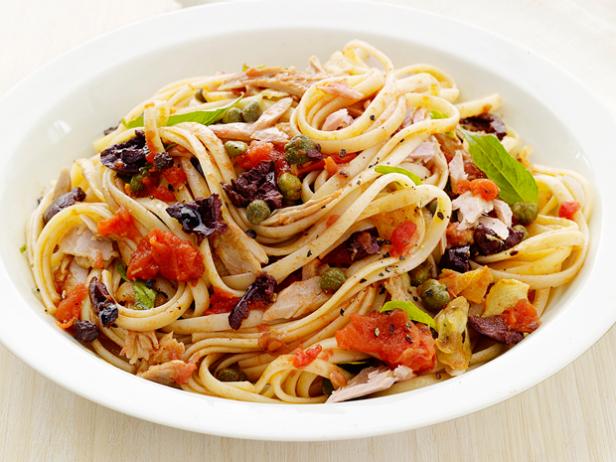
Food: Jaime Kimm Prop: Marina Malchin
This back-pocket pasta dish comes together quickly using pantry staples such as dried pasta, canned tuna, olives and capers. The capers and olives are fried with toasted garlic and red pepper flakes, then simmered with crushed tomatoes and their juices to create a savory sauce that makes a fine match for oil-packed tuna.

Christopher Testani
This riff on pasta puttanesca features capers two ways: One tablespoon gets minced with garlic and red pepper flakes to make a paste that melds into a savory sauce when tossed with the warm pasta and cheese, while another tablespoon of whole capers is tossed with tomatoes, kalamata olives and butter, adding a tangy hit to cut the richness of fresh mozzarella.
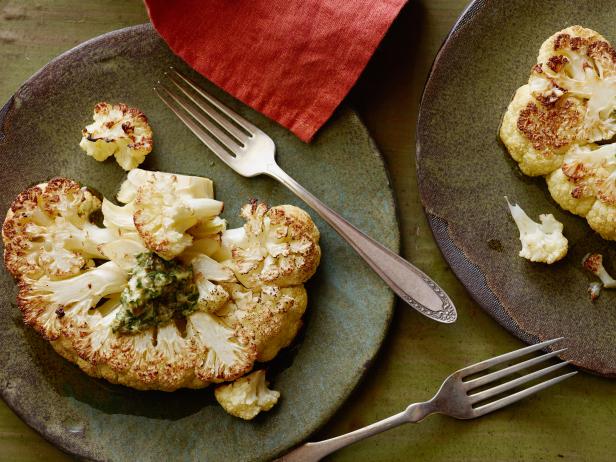
Matt Armendariz, 2014, Television Food Network, G.P. All Rights Reserved
Two words: caper butter. Capers and their brine are mashed together with softened butter, parsley and lemon zest to make a compound butter that melts into a luxurious sauce when dolloped onto sizzling roasted cauliflower steaks. Save leftover caper butter and add to pasta, grilled vegetables, fish, lamb chops or steaks.

Mike Garten
A fantastic choice for a weeknight or dinner party, flatiron steaks are tender and fairly lean and do just as well on the grill as in a hot skillet. They can have a robust flavor, so pair them with strong sauces like the mustardy caper and herb sauce in this recipe.
Related Links:


























